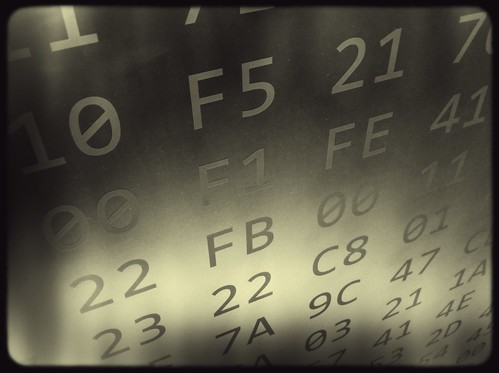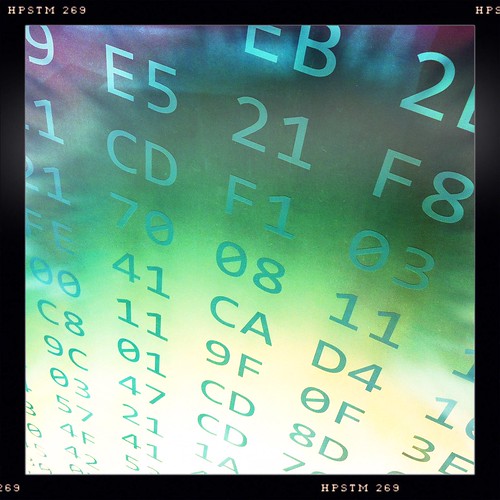James Fallows points out a great– no, not great, really fantastic— essay by Brooklyn-based designer and writer Jack Cheng, on the Slow Web:
The Slow Web Movement is a lot like the Slow Food Movement, in that they’re both blanket terms that mean a lot of different things…. Slow Web describes a feeling we get when we consume certain web-enabled things, be it products or content.
The critical difference between the regular Web and the Slow Web is one of time: the regular Web, in its obsession with “real time” (something I talk about in my book as, ironically, ever-changing and impermanent), puts the emphasis on interacting instantly, for fear of being left out or left behind.

via flickr
The Slow Web, in contrast, is about timeliness, not real time: about getting nudges or texts or interesting articles at the appropriate time (whenever that is for you), not the instant they’re available.
Another difference is that “Fast Web is destination-based. Slow Web is interaction-based.” There’s an important consequence to this difference in orientation:
Fast Web companies often try to rack up pageviews, since pageviews mean ad impressions. Slow Web companies tend to put effectiveness first.
Or, as iDoneThis puts it, the Slow Web goes for “Behavior change, not growth.”

via flickr
Finally, the Fast Web is about information, while the Slow Web is about knowledge (or self-knowledge):
Timeliness. Rhythm. Moderation. These things dovetail into what I consider the biggest difference between Slow Web and Fast Web. Fast Web is about information. Slow Web is about knowledge. Information passes through you; knowledge dissolves into you. And timeliness, rhythm, and moderation are all essential for memory and learning.
It recognizes that good ideas need time to develop: that, as Rebecca Blood notes, the Fast Web’s emphasis on speed comes at the expense of depth.

via flickr
So to sum up: the Slow Web is
Timely not real-time. Rhythm not random. Moderation not excess. Knowledge not information. These are a few of the many characteristics of the Slow Web. It’s not so much a checklist as a feeling, one of being at greater ease with the web-enabled products and services in our lives.
He ends with this great bit, which which I’ll quibble:
Fast Web companies want to be our lovers, they want to be by our sides at all times, want us to spend every moment of our waking lives with them, when sometimes that’s not what we really need. Sometimes what we really need are friends we can meet once every few months for a bowl of ramen noodles at a restaurant in the East Village.
Here’s my quibble: when I read the first sentence, I immediately thought of the magnificent Ranier Maria Rilke line: “I hold this to be the highest task for a bond between two people: that each protects the solitude of the other.” That, I would maintain, could be a better description of the Slow Web: it’s unobtrusive, moderate, knowledgeable– and protects your solitude when you need it.